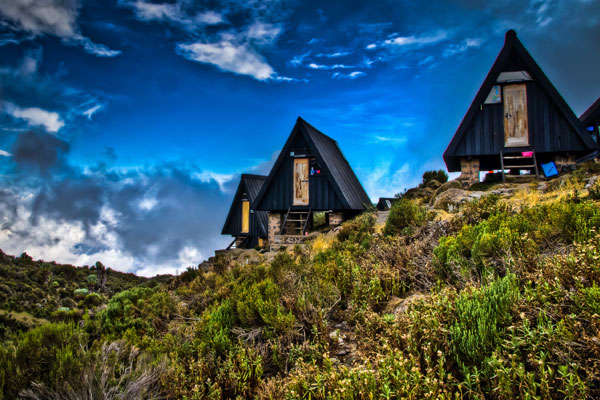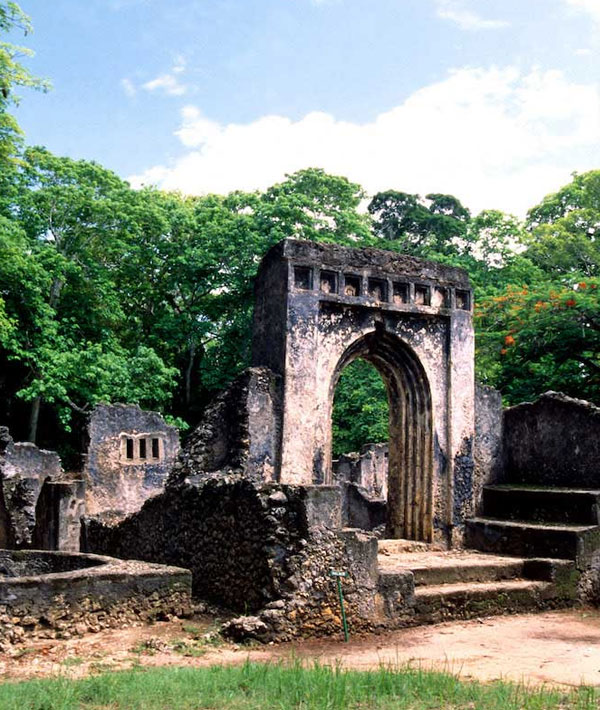9 Days Lemosho Route
9 Days Lemosho Route
9 Days
Every Trip Helps Support Conservation
Personalised Journeys From Start To Finish
Tour Highlights
- The Lemosho Route is widely considered to be the best route on Mount Kilimanjaro. Not too long ago, there were only two main routes used to climb Kilimanjaro – the Marangu (Coca Cola) route and the Machame (Whiskey) route.
- But as Tanzania’s tourism industry flourished, the Kilimanjaro park authority created more trails to African’s highest peak to distribute climbers to more areas of the park. This reduced bottlenecks at certain points and also made for a more pleasant experience by limiting crowds. Additionally, these latter trails were more thoughtfully designed to improve acclimatization for the climber by incorporating longer distances, longer times on the mountain and shorter elevation gains. Lemosho, a relatively new route, falls into this category
Safari in Details
Day – 1 Arrive Moshi
Upon arrival at Kilimanjaro airport you will be met by a Kilele Afrika representative for transfer to Moshi. Meet your climbing guide for briefing and final gear check. Stay overnight at the Sal Salnero Villa hotel in Moshi. BB
Day – 2 Moshi – Mti Mkubwa camp (9,020ft/2750m)
08h00: After breakfast leave the hotel for the Kilimanjaro National Park gate at Londorossi Park Gate for entry registration, drive on to the Lemosho glades to the trailhead at 6,890 ft /2100m.
12h30: Have lunch at a picnic site at the trailhead.
14h00: Walk through the forest to Mti Mkubwa (big tree) campsite.
19h00: Dinner and retire for the day at Mti Mkubwa campsite.
Day – 3 Mti Mkubwa – Shira (1) Plateau Camp (11,480ft/3500m)
Mti Mkubwa – Shira (1) Plateau Camp (11,480ft/3500m)
08h00: Trek across several streams in the heather zone of the mountain and cross the Shira Ridge on to the Shira Plateau where we camp for the night.
12h30: Have packed lunch at a picnic site along the trail.
19h00: Dinner and retire for the day at Shira (1) Plateau Camp.
Day – 4 Shira Plateau – Shira hut (12,470ft/3800m)
08h00: This day’s trek is a gentle one across the plateau to Shira Hut camp on moorland meadows zone.
12h30: Have lunch at a Shira hut.
14h00: The afternoon can be used for walks on the plateau which helps climbers to acclimatize.
19h00: Dinner and overnight at Shira hut.
Day – 5 Shira hut – Barranco camp (12,960ft/3950m)
08h00: Head eastward to a junction where we continue to Lava Tower Campsite (14,760ft/4500m), then descend to Barranco camp thus allowing your body to adjust to altitude change.
12h30: Have packed lunch at a picnic site along the trail.
19h00: Dinner and overnight at Barranco camp.
Day – 6 Barranco camp – Barafu camp (15,090ft/4600m)
08h00: After breakfast, hike across the Karanga Valley and ascend to Barafu campsite.
13h00: Picnic lunch along the trail.
17h00: Have dinner and take the day’s rest ready for the hike to the summit.
Note: An extra day for acclimatization can be added by staying overnight at Karanga camp then proceed to Barafu camp the next day.
Day – 7 Barafu camp-Summit (19,340ft/5895m)-Mweka camp (10,200ft/3,110m)
00h00: Have a cup of coffee/tea and start the midnight trek to the summit via Stella Point.
06h00: Reach the summit, Uhuru peak, have a short period of photo taking then descend to Barafu camp for breakfast/Brunch and a little rest.
12h00: Continue down to Mweka hut for the days and night’s rest.
Day – 8 Mweka camp – Moshi
08h00: Walk down to the park gate then drive to the Sal Salnero hotel in Moshi town for overnight. BB
Day – 9 Moshi-Kilimanjaro/Departure
After breakfast at the hotel you will be picked for transfer to the Kilimanjaro airport for your departure flight home/further holiday destination.
What’s Included
- We use 7 and 22 seater mini buses as well as 4×4 custom-made safari vehicles for airport transfers and transport to and from the mountain. All are equipped with communication system VHS/BLU manned by professional English speaking driver-guides.
- Services of an experienced safari tour driver/guide
- Meals while on Mountain
- Accommodation mentioned in the program
- Government taxes, tolls and levy’s
- Pick up and drop off from airport / hotel.
- All park entrance fees
What’s Not Included
- Visa fees
- Items of personal nature: soft or bottled drinks
- Gratitude’s (tips to guides)










